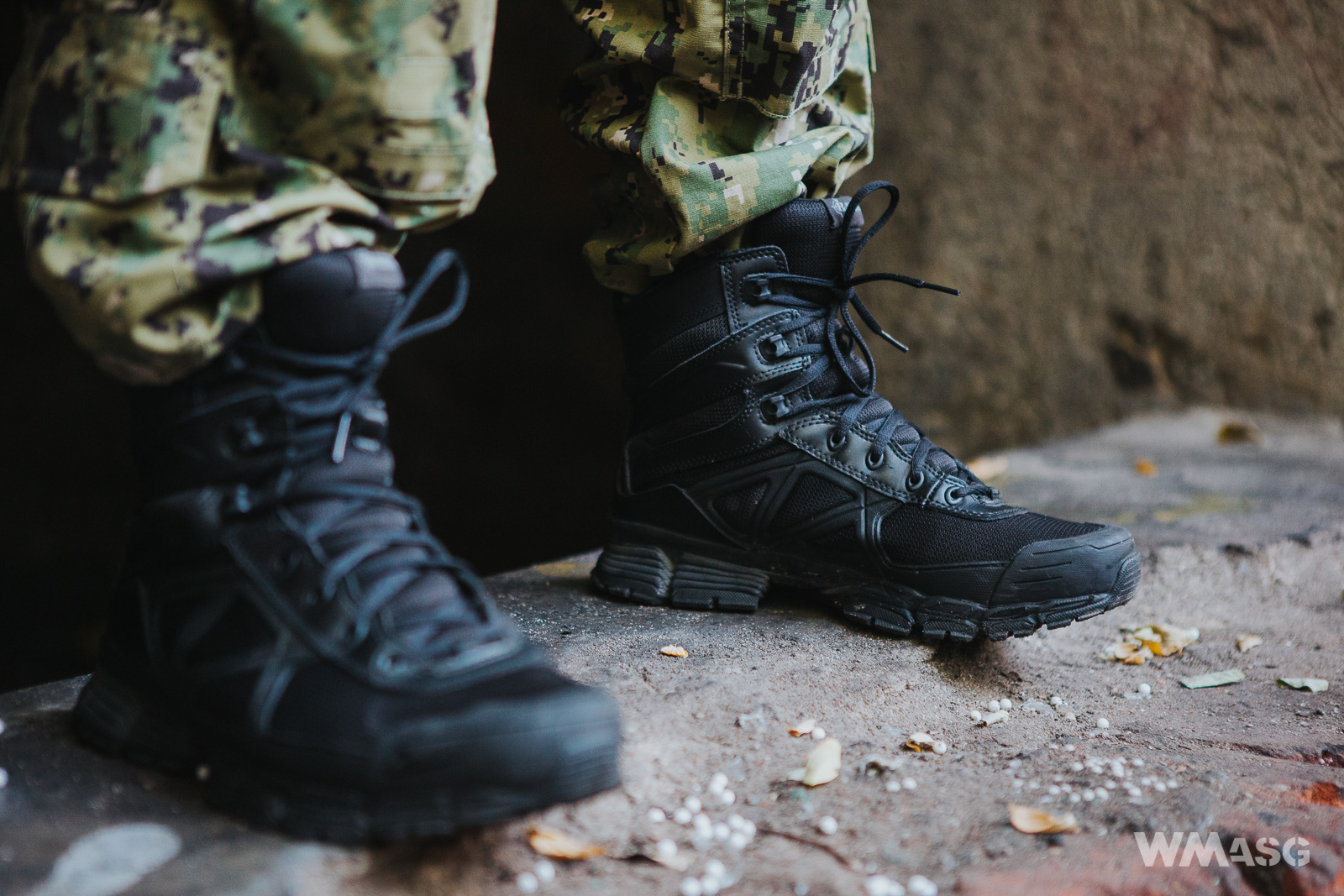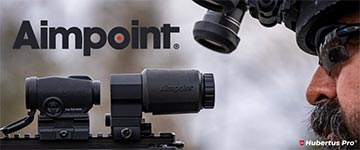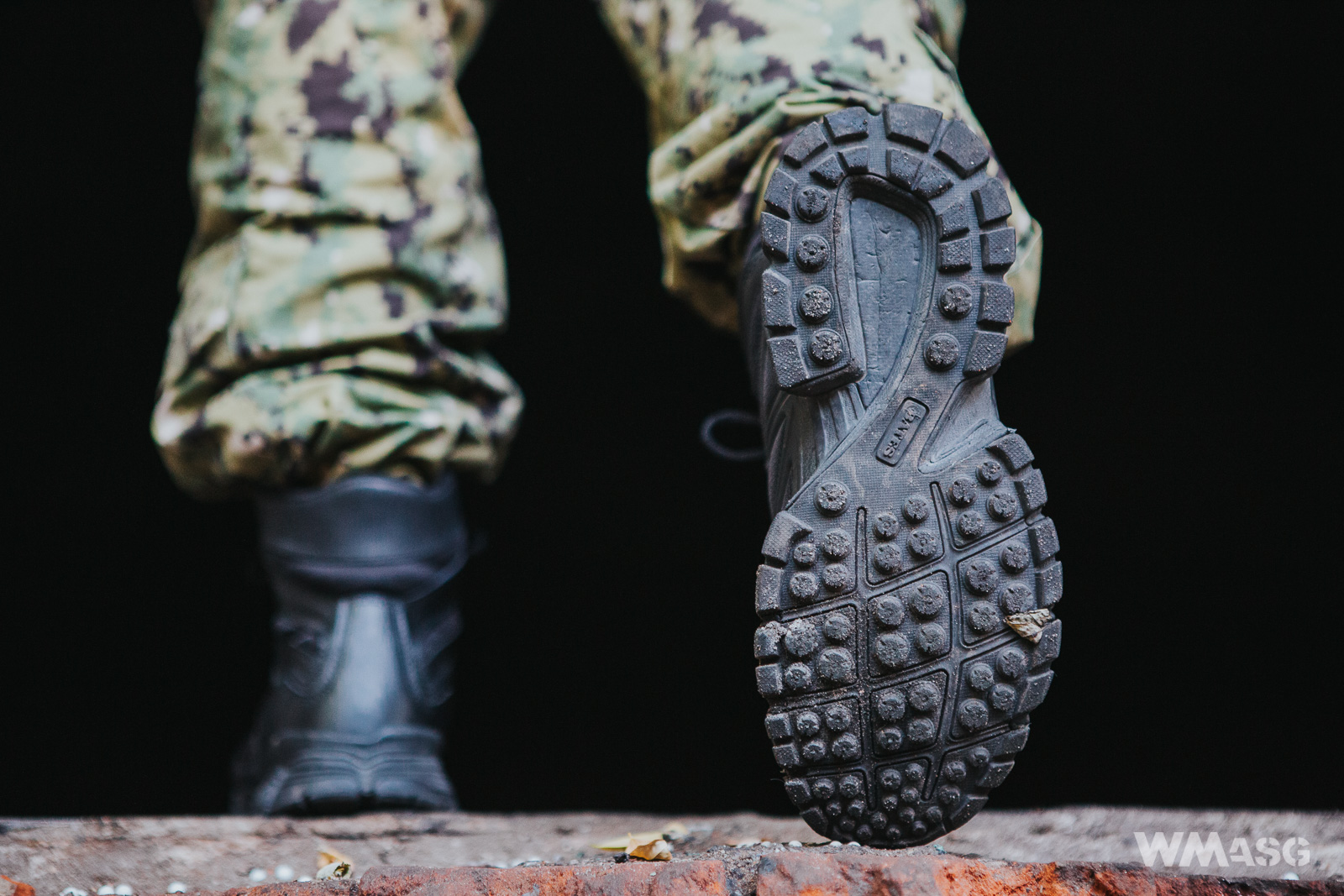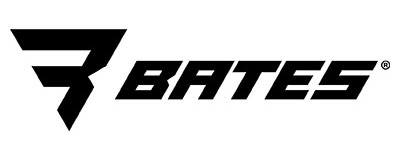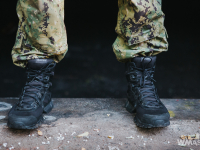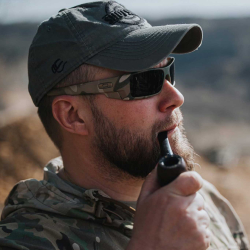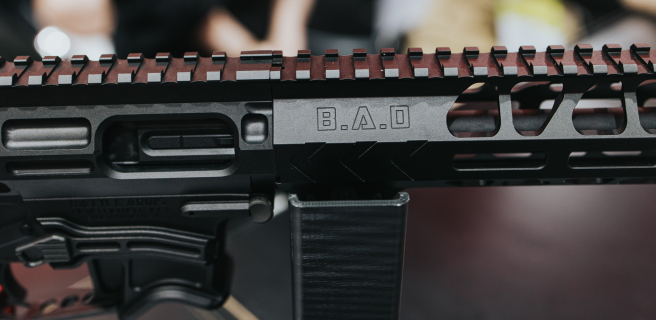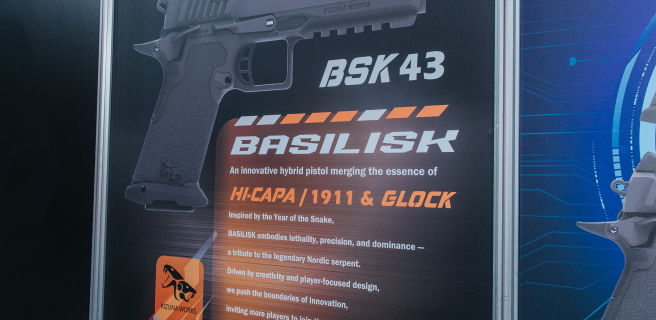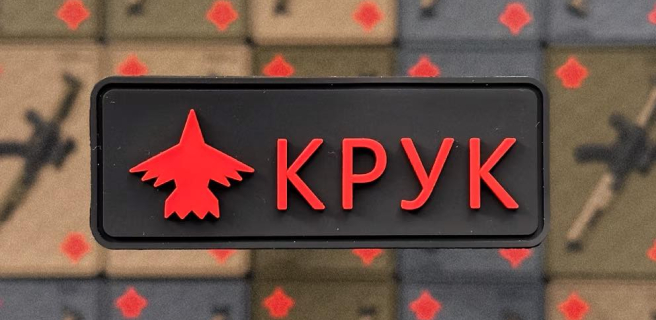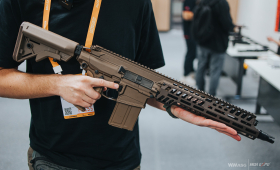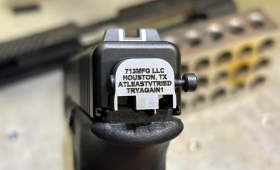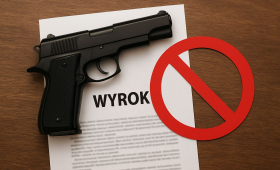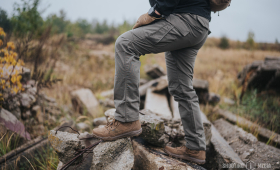The evolution in the field of military footwear continues. Manufacturers draw fully from the experience of the sports industry by creating more and more comfortable models that are better suited to the specific conditions. In recent years, special emphasis has been placed on keeping the weight as low as possible. This is a particularly useful feature for those who spend their whole days wearing boots - policemen and officers of uniformed forces on patrol. In this case, comfort and every gram of weight less play a key role, translating directly into field performance. It was for those reasons that the American company Bates Footwear created the Velocitor model.
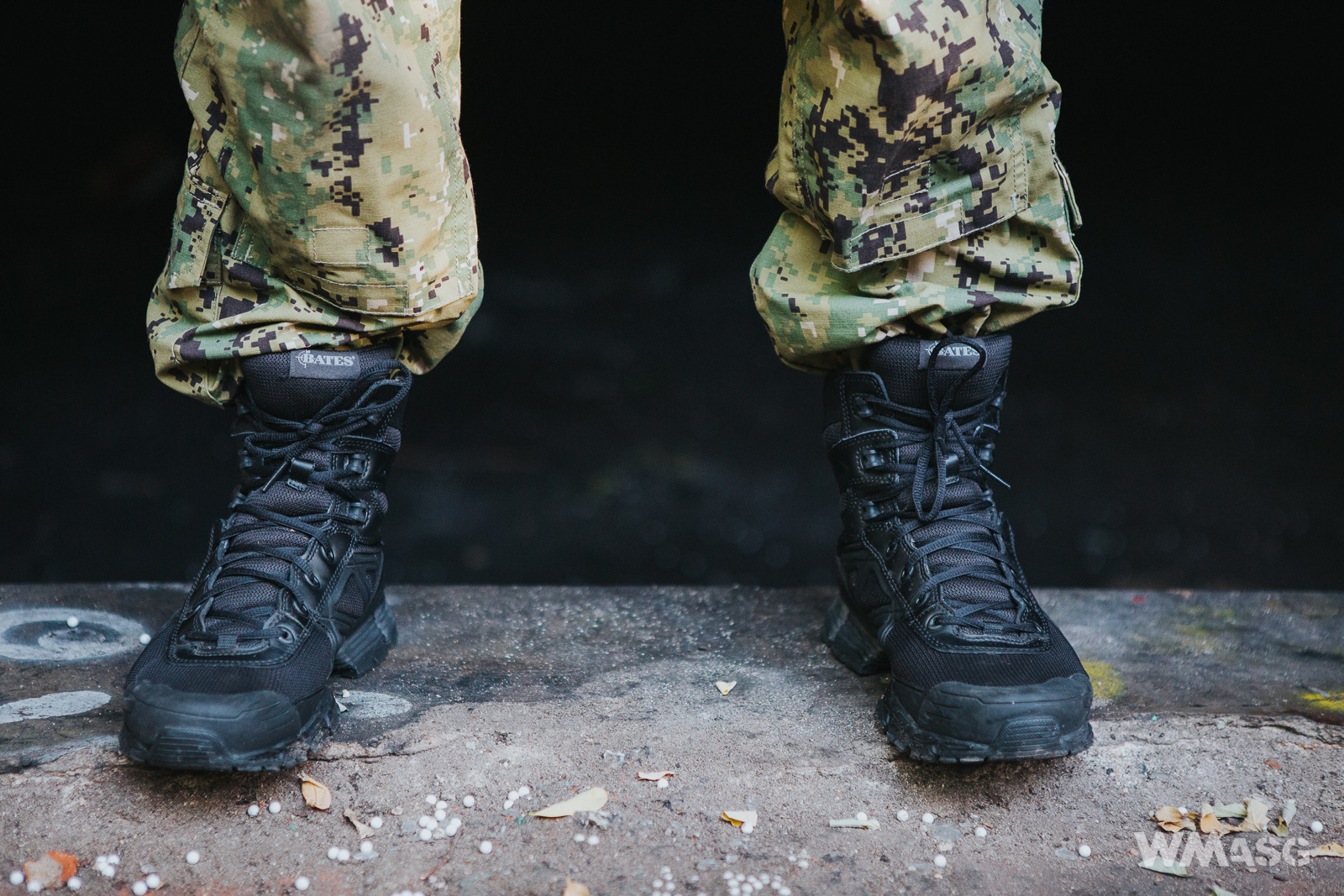
First impresson
Inspiration with sports and trekking footwear is increasingly noticeable in military boots. Bates seems to have gone even a step further. The Velocitor resemble running shoes with an elongated upper. The slender profile and sharp, upturned toe, bring to mind the image of classic "sneakers." The similarity is intended and dictated by the purpose of the Velocitor model. The manufacturer focused on designing light, tactical summer footwear that will allow the officer to walk for hours and chase suspects on foot.
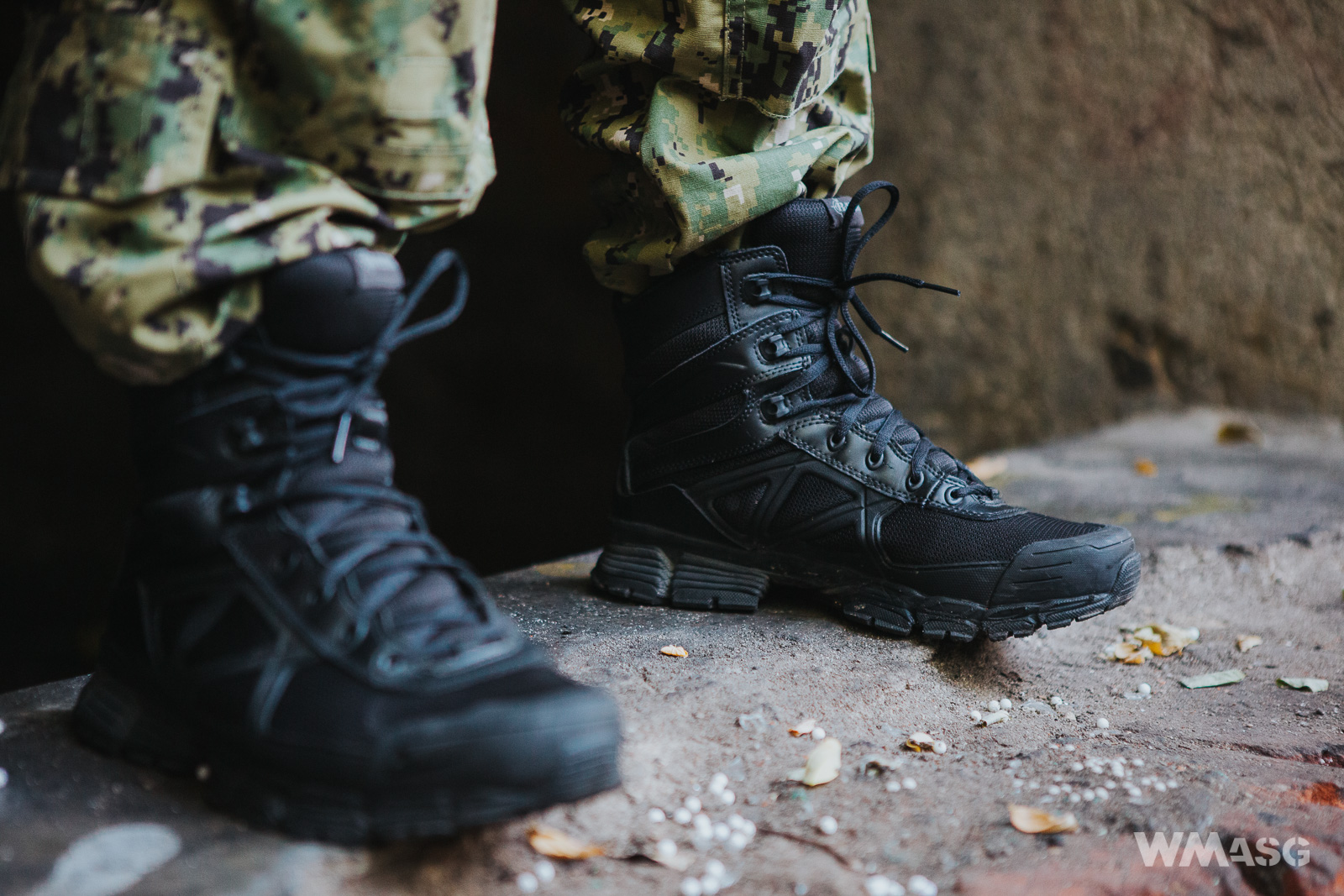
On the outside
The main material from which the Velocitor model is made is a dense fine mesh. Thanks to it, the foot is constantly ventilated ensuring comfort, even on very hot days. However, there were some compromises made. The material is not waterproof, so any serious rain makes the inside of the boots wet. Fortunately, the Velocitor dries very quickly, because continuous air transmission prevents accumulation of water vapor.
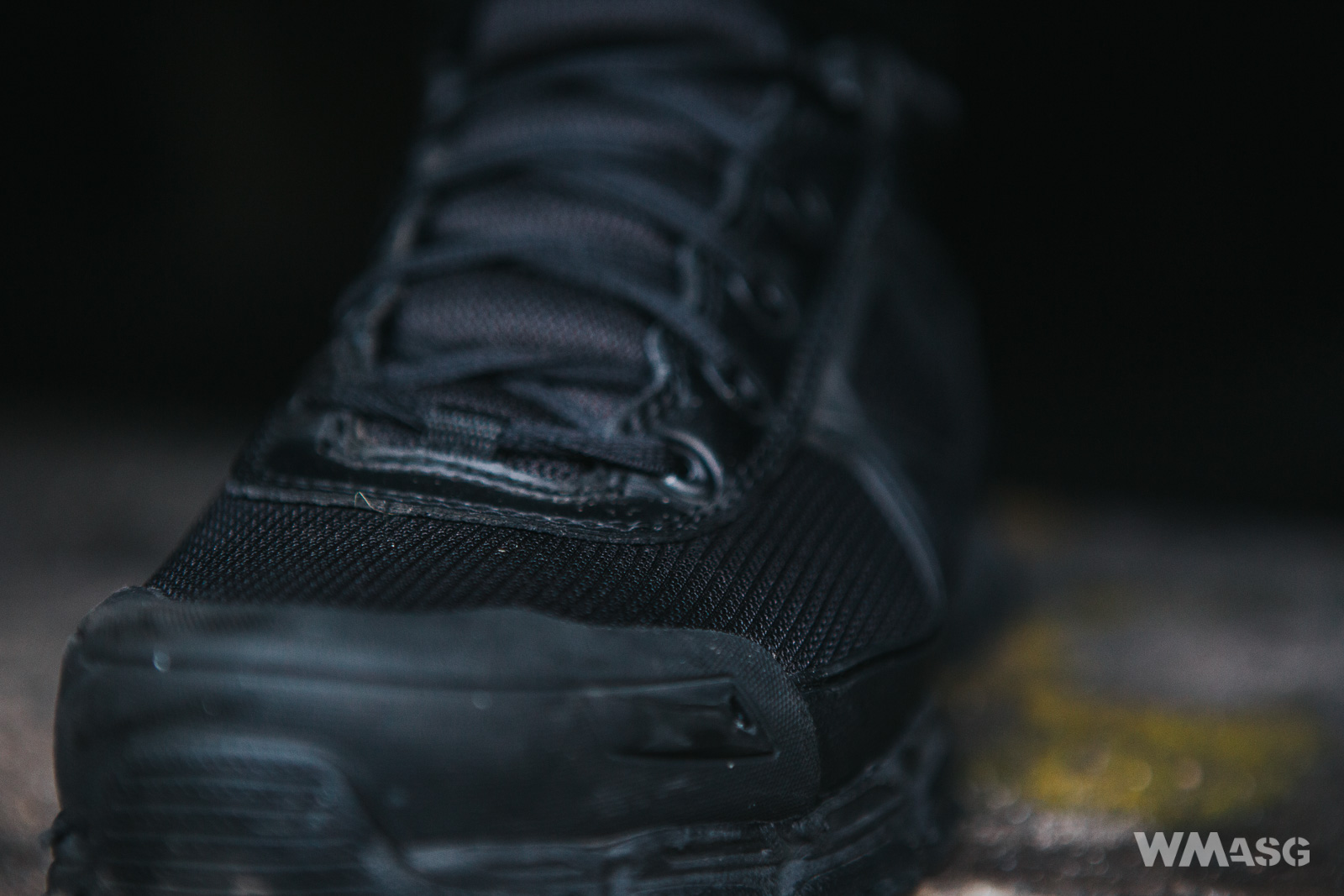
The lateral surfaces of the boots is reinforced with a polymer frame with properties similar to rubber. After all, it protects a fairly delicate mesh against mechanical damage and acts as a load bearing element. The boots' toe tips are made of the same material. The layer is much thicker in this part, ensuring stiffness and decent toes protection. Kicking a hard object with the toe of the boot or stumbling over an obstacle should not hurt. However, it should be remembered that this tip is far less stiff than the ones used in workmen or firefighter boots. THe Velocitor will not protect us from injury if something really heavy falls on our feet. The heel and upper reinforcements are made of black leather with a thickness of 2 millimeters. Each fragment is sewn to the mesh with a double seam.
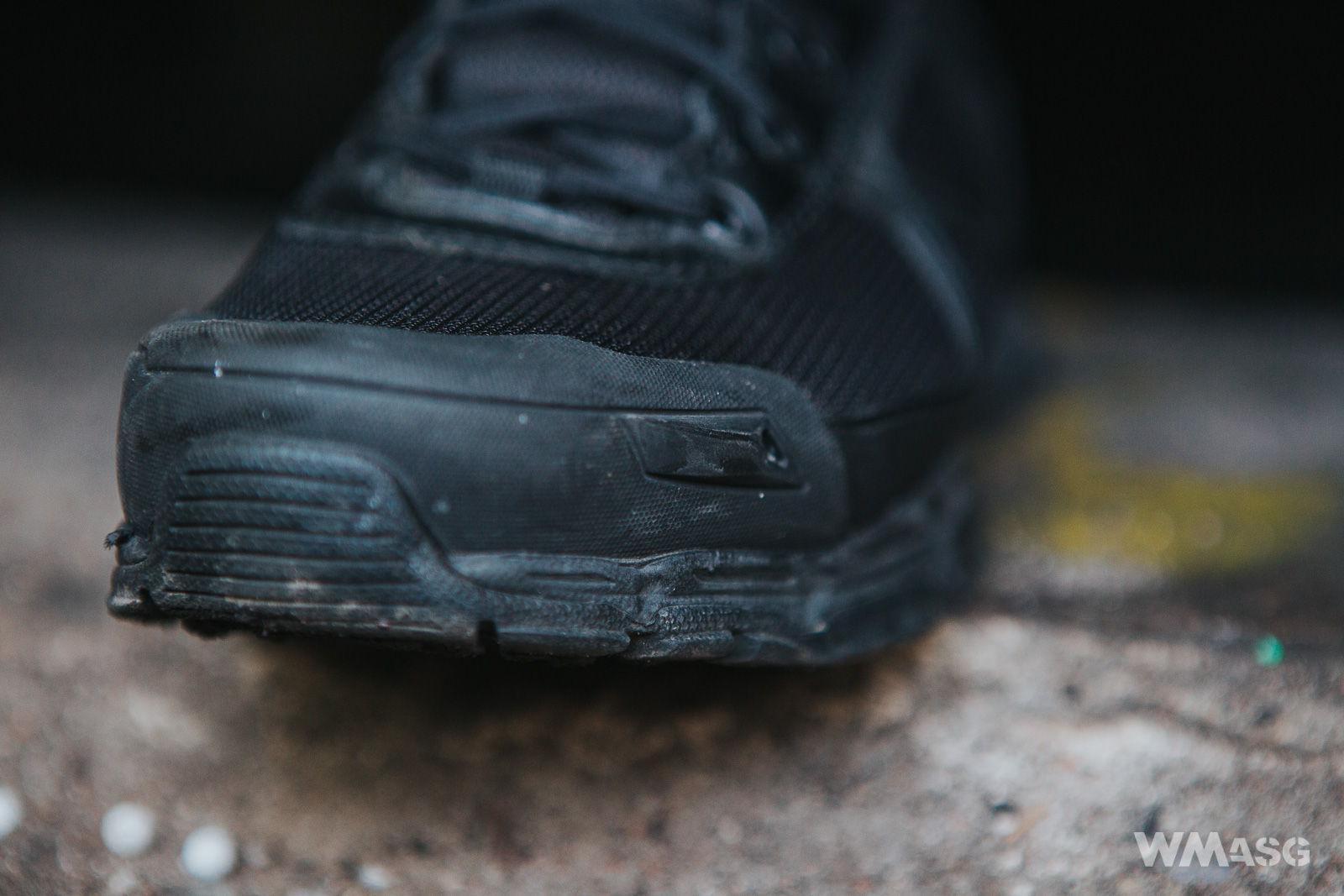
The leather elements are also the basis for composite shoelace eyelets. Four pairs were placed on the instep and three pairs of loops on the upper. This is a fairly typical set that allows one to quickly put on and tie a boot, while maintaining a relatively consistent fit around the foot. The set includes shoelaces with an elliptical profile with a reinforced core.
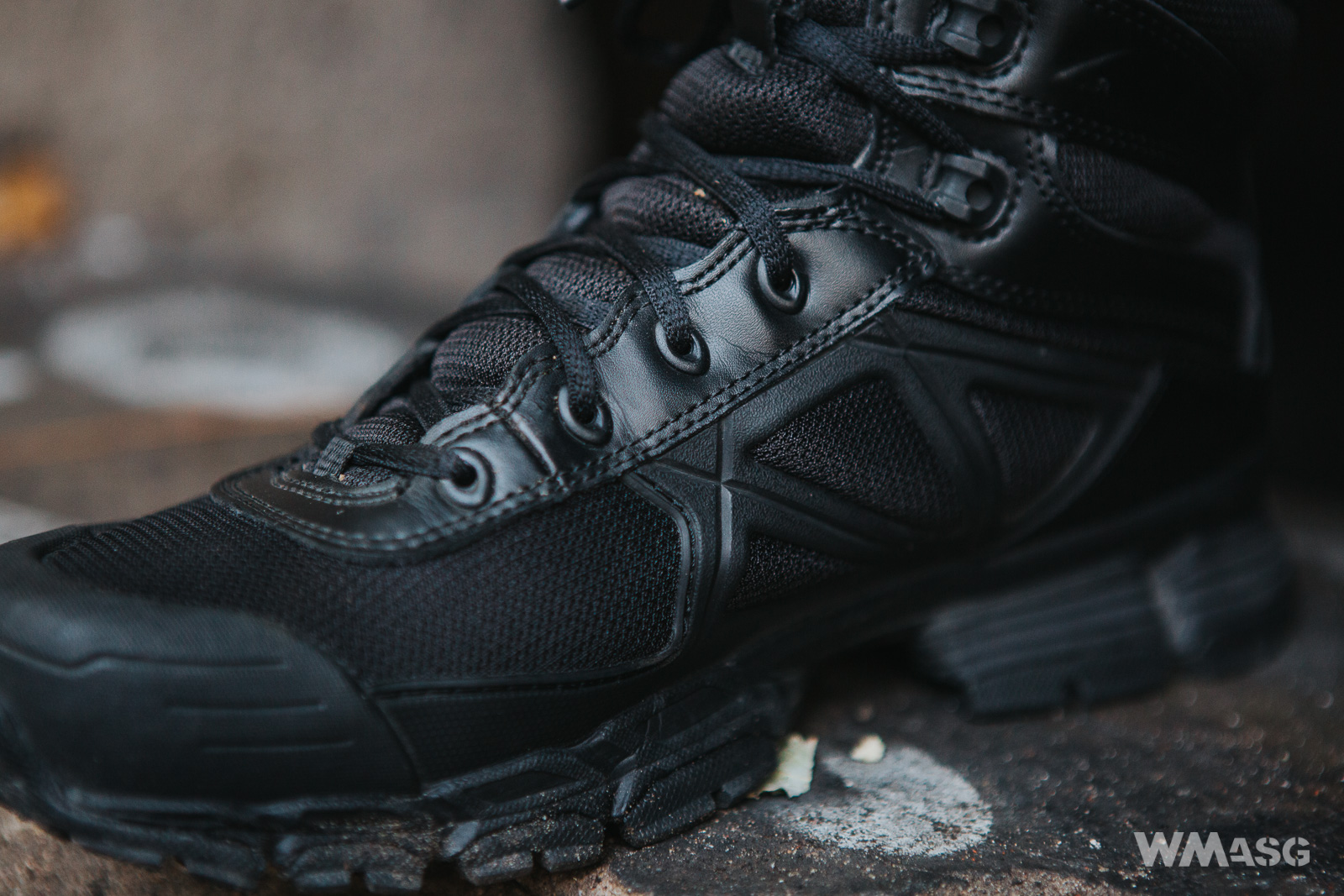
Underneath
In boots with such a sports flair, the use of special soles with a two-component structure is obvious. The outer thinner layer is made of hard, wear-resistant rubber. A second, thicker one, with much greater elasticity, was placed inside it. It is responsible for the flexibility of the sole and cushions the steps. The profile itself is noteworthy. The sole expands significantly downwards, having a cross section similar to a truncated triangle. This treatment allowed to increase the contact surface and thus improves the grip the boots have with the ground. This should also positively affect the stability of steps on uneven surfaces.
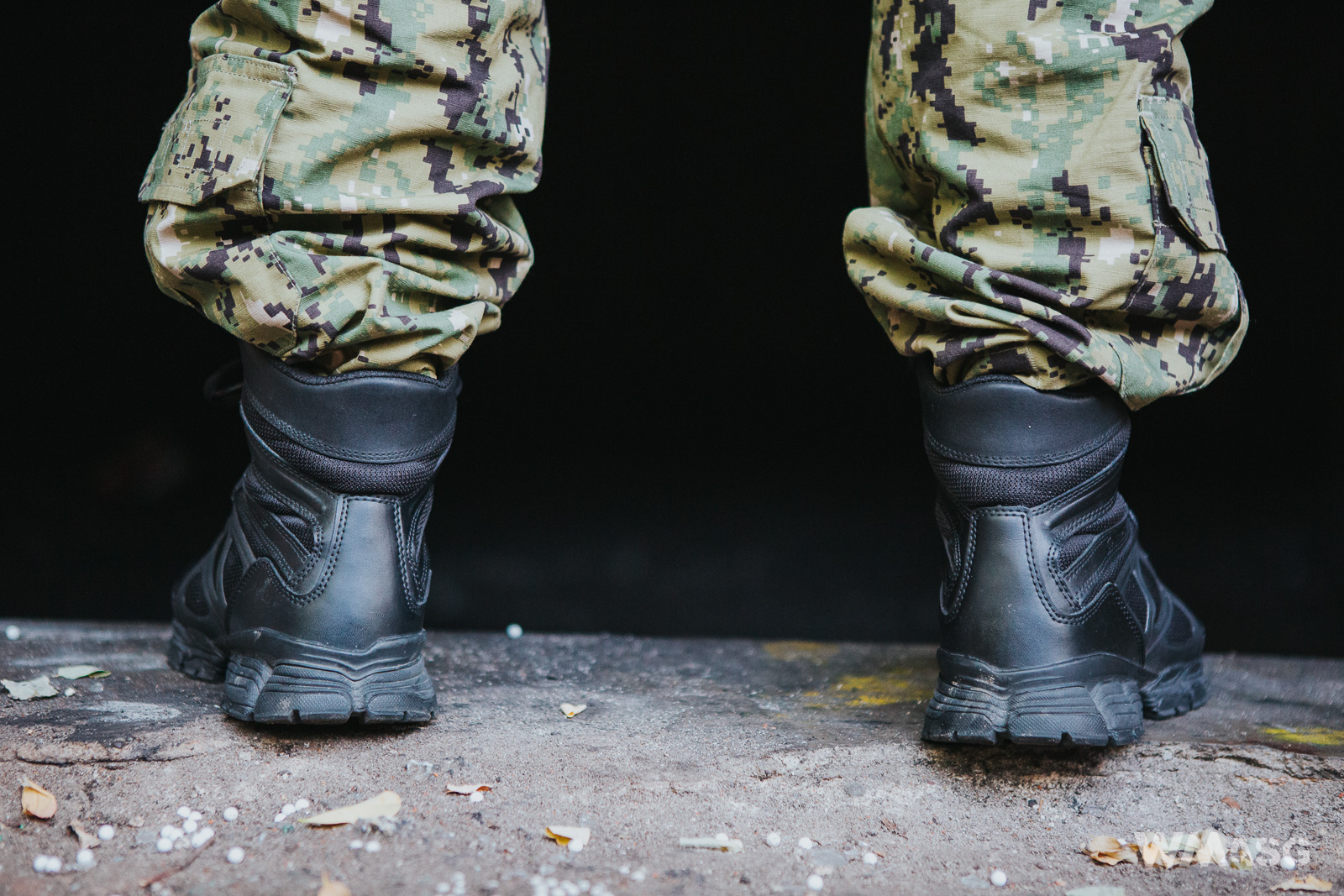
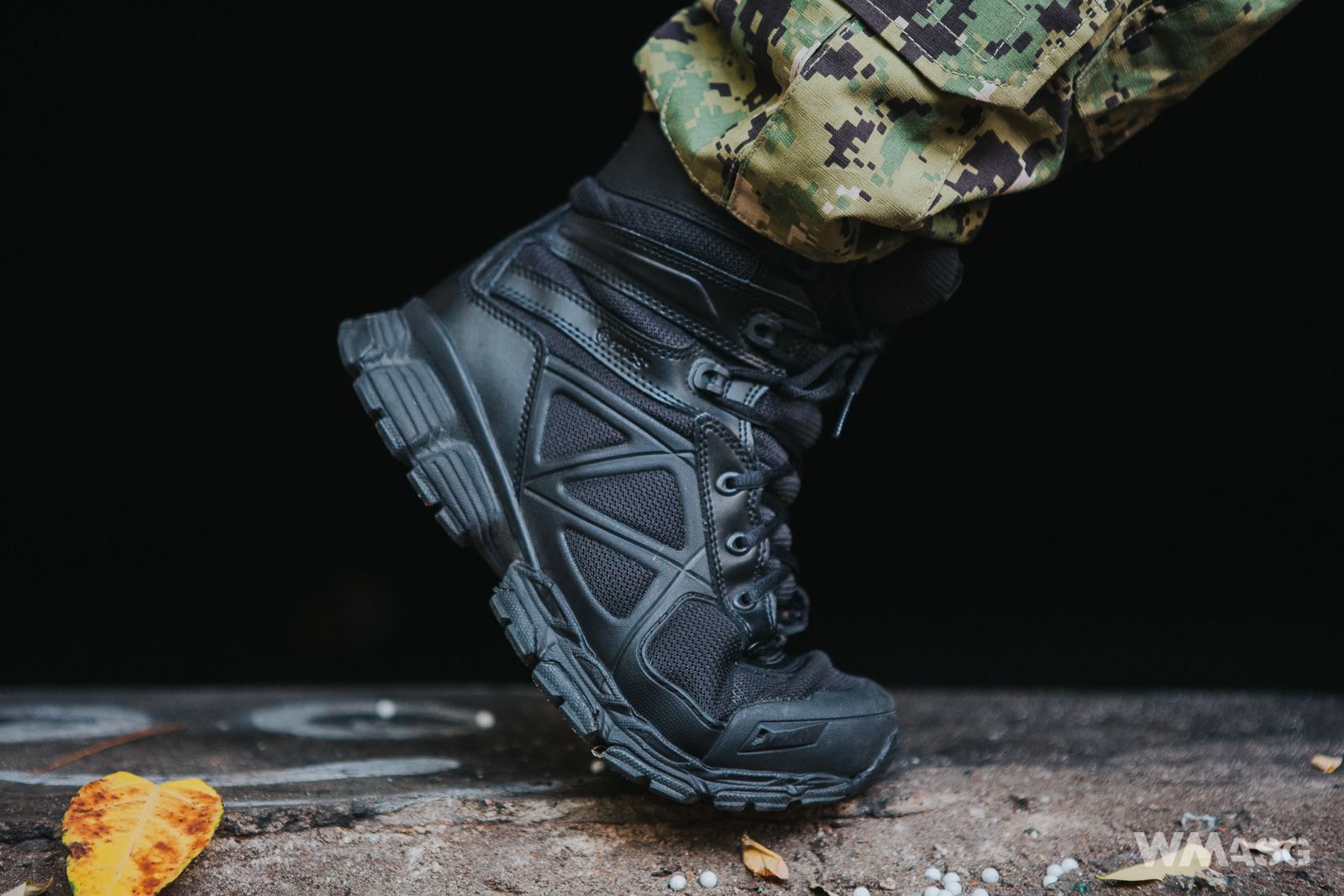
The thread
Bates fitted the Velocitor with an intriguing tread pattern. Looking from the side, it looks quite typical. A series of thick sections with cutouts draining water and mud is nothing special. But when looking underneath, it turns out that only the outer edge has this shape. The inner surface is covered with rows of cylindrical tabs, similar ones used in football shoes. This design will work well on soft ground, from grass to mud. The lack of gaps in which dirt could wedge in and accumulate results in a specific self-cleaning process. However, there are no perfect solutions. In total, these cylinders have a noticeably smaller surface than a classic tread. This can mean that the durability of the sole on hard and highly abrasive surfaces will be shorter. Bates also made sure that the tread and material used correspond well with each other. Thanks to this, the Velocitor is highly resistant to slipping, which is confirmed by meeting the requirements necessary to pass the SATRA WTM 144 test.
The insole
The American manufacturer is known for its care about the comfort provided by its footwear. It's a shame we won't find the Bates specialty here: the iCS Disc. Nevertheless, the Velocitor model uses a very comfortable EVA insole - a copolymer of ethylene and vinyl acetate. This mixture is widely used in sports footwear due to its very good damping properties. Bates has additionally equipped the insole with special bumps in the forefoot and under the heel. This is to provide additional support and reduce stress exerted on the foot while running.
Like a convertible
The impressions of walking in Bates Velocitor are surprising. This is not a flagship, super-fit model and yet it manages to caress the feet. Compared to other tactical boots, we almost flow through the air. A thick sole and several layers of cushioning do a good job. The Velocitor pleasantly surprises even people with very sensitive feet. But one will have to pull through the first two walks in those boots so that they fit properly. On occasion the foot was rubbing in the inside of the boot just above the heel. It is interesting because there was no such problem encountered in other Bates models. Those shoes were perfect from the first step, which was surprising as far as military boots are concerned. So don't panic. This is still a good achievement, because footwear from other manufacturers can form itself around the feet for up to two weeks.
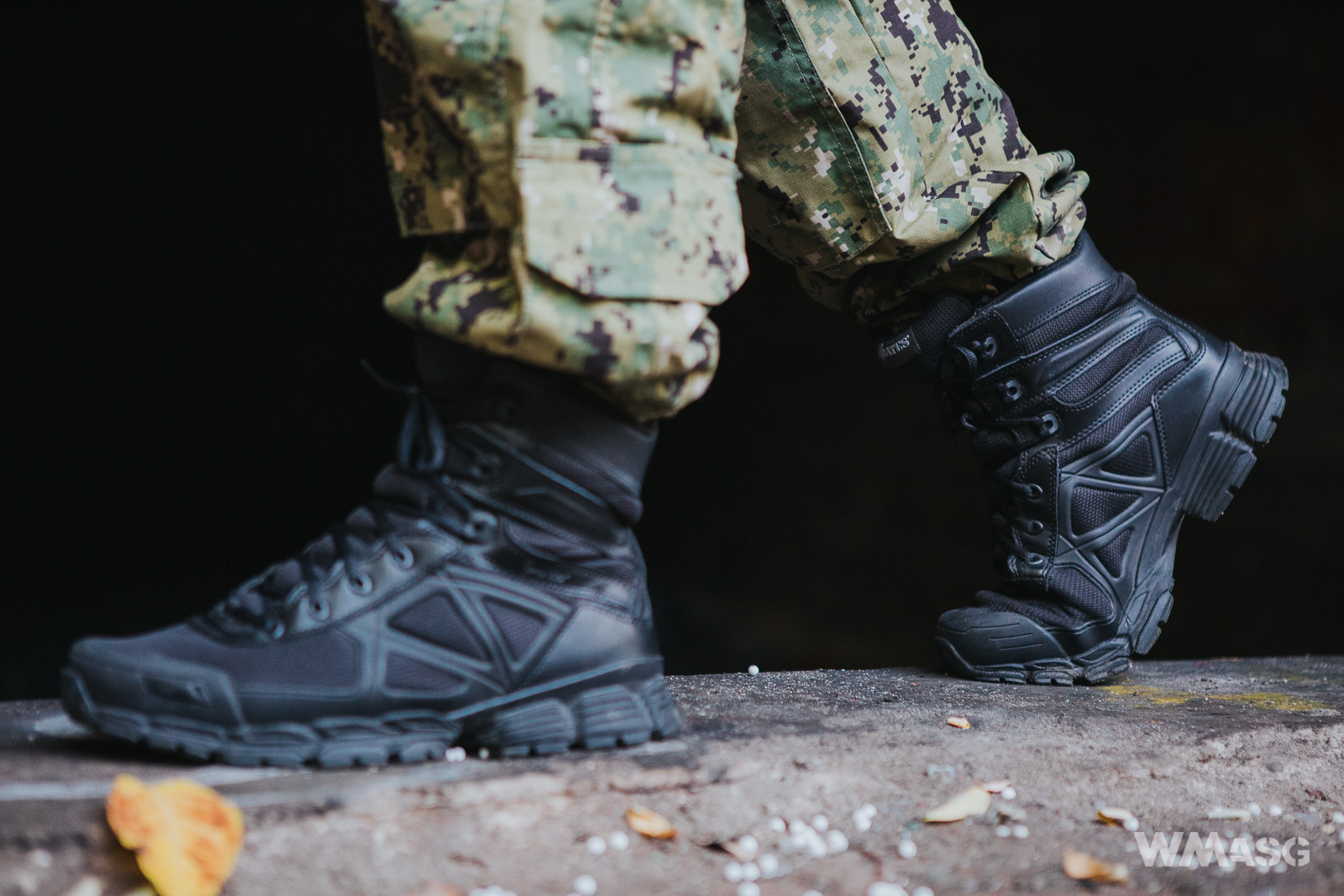
The second thing that attracts attention is the weight. A pair of shoes weighs just 844 grams and you can feel it. My favorite Haix boots are 35% heavier and Magnums 42% heavier. With almost the same height, this is a significant difference. We will feel it after some time, but each step requires less energy. In the Velocitor model you can actually walk all day long. What's more, they don't even have a gram of metal in them so they won't ring on gates or detectors.
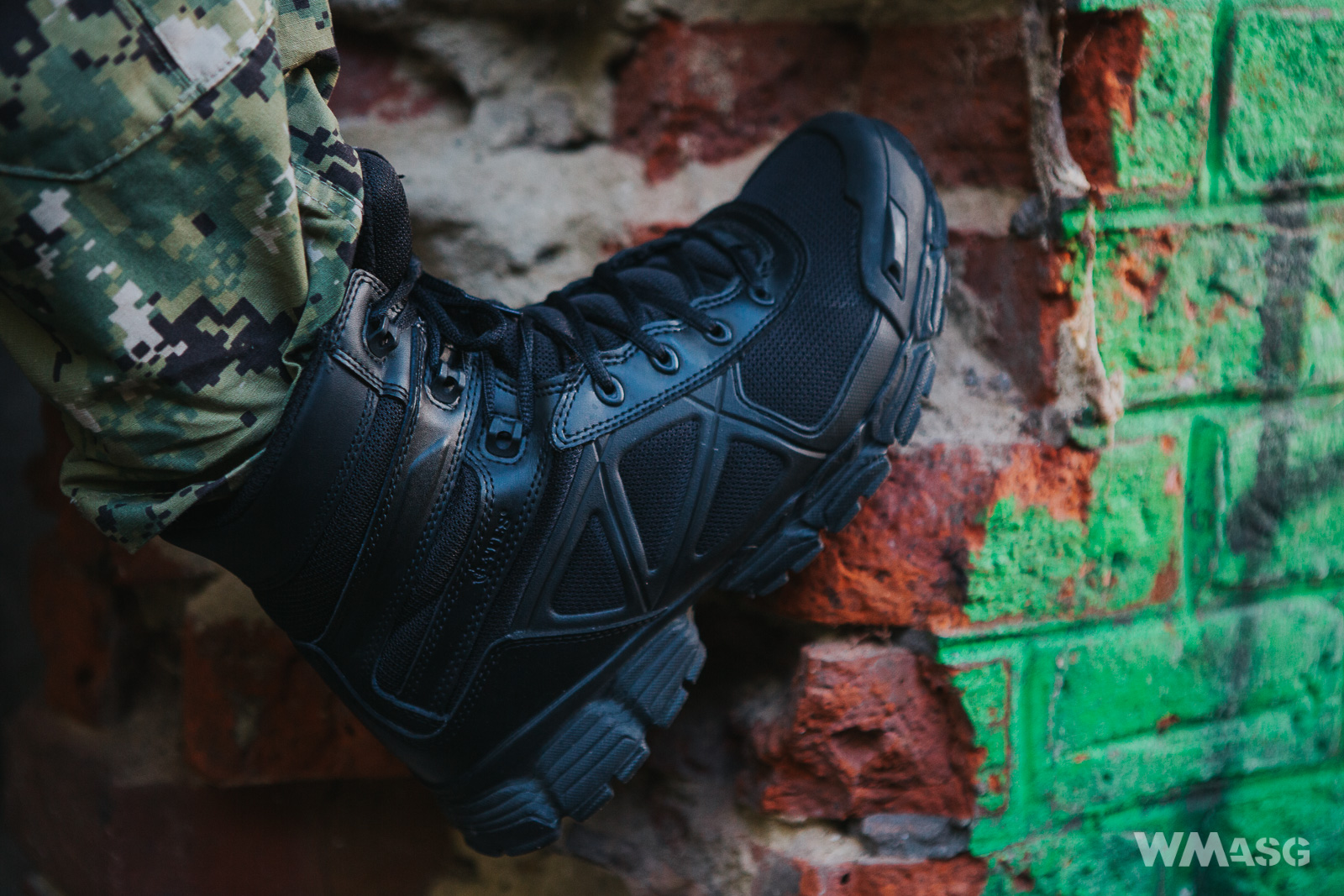
Finally, the most important thing is the mesh from which Bates' shoes are made. Not even the best membrane can provide such air transmission. You can feel the wind blowing around the feet. On hot days, this is an advantage that cannot be overestimated, and the only better solution would be to wear flip flops. Of course there are always some drawbacks. The characteristic structure is quite sticky and is certainly less durable from a decent piece of leather. The Velocitor is not a hardcore type of boot for a week long trek through the wilderness. It was not created for that and it should be remembered. After all, each task requires the right tools.
Pros
<ul> <li>lightweight</li> <li>excellent air transmission</li> <li>comfortable like house slippers, almost from the first day</li> <li>an elastic sole designed for running</li> <li>dirt resistant sole thread</li> <li>good grip</li> <li>a true summer tactical boot</li> </ul>
Cons
<ul> <li>water resistance close to zero</li> <li>prone to mechanical damage</li> <li>the mesh is harder to clean (e.g. from mud stains)</li> </ul>
The boots for testing were provided by a Bates representative in Poland, Tarmax sp. z o.o. sp. k.

